How to Hinge: Mastering the Deadlift
When learning how to deadlift there are a number of factors to consider beyond just picking the bar up and setting it back down.
To break down the deadlift you can begin by progressing from other movements that apply the same hinging of the hips and posterior chain engagement.
We will examine the deadlift breakdown from two other movements to help you better understand efficient and effective form.
In this article we will break down the three parts of the deadlift progression:
Good Mornings, RDL (Romanian deadlifts), and the conventional deadlift (Sumo deadlifts are an entire article for another time).
Good Mornings: Mastering the hinge
The first progression of the deadlift is the good morning. A good morning can be done with a barbell or PVC pipe and is a great beginning movement for masting the hinge in the hips of the deadlift.
To begin the movement you will want to place a PVC pipe or empty barbell on your back to mimic a back squat/back rack position. Next, you will want to brace your core by taking a breath and filling your stomach to protect your back. Then slightly bend your knees and begin a bowing movement and allow your torso to lean forward and move towards your knees. It is important to keep your back tight and keep your core engaged throughout the movement.
This movement can be treated as a warm or accessory movement for deadlifts and hamstring lifts.
Normally, this will be the lightest of the three movements. Do not progress in weight if your form begins to break down and you feel pain or strain in your back.
RDLs: Working through the hinging movement
RDL, AKA Romanian deadlifts, is the next progression of the hinging saga. RDLs involve the same body movements as the good morning, but the barbell is moved from the back rack position to the front of the body with the hands holding the bar like the deadlift.
So, your hands are placed on the bar while it is resting on the ground. Make sure your hands are outside the width of your feet but not too far our that you need to be in a squat position to place your hands onto the bar. Your knees should be slightly bent and your hips high similar to the final position of the good morning.
Once you are set and your core is braced you can shift the bar up your leg until you are in an upright standing position. That is one rep. Then shift back down your leg until you are back in the slight knee bend and hip hinging position. The endpoint of your rep varies depending on flexibility. If your hamstrings are very flexible you will be able to have the bar go well past the bottom of your knee. If you do not have as much flexibility, stop before your back begins to curve and you lose your core. Ideally just below the knee.
This movement is different from a conventional deadlift because your hips stay high and your knees are only slightly bent. In a conventional deadlift, hips start lower and knees are closer to a 90-degree angle and your hips move up as your knees lockout. This movement is very glute intensive.
Depending on your glute and grip strength an RDL will be much heavier than a good morning, with some athletes being able to RDL close to their conventional deadlift.
Once you feel comfortable with the RDL, which is another great accessory or warmup movement, you can move on to the conventional deadlift.
Deadlift: Pick things up and put them down
The deadlift is one of the most popular movements in weightlifting and fitness. The deadlift is a full body movement that engages your posterior chain, hips, lower back, traps, glutes, and quads. This is a barbell exercise where the bar starts on the ground and is lifted up until your hips are locked out and you are standing upright.
The conventional style of deadlift involves the feet being about shoulder width apart or narrower than where your hands sit on the bar with toes under the bar. The feet point straight ahead, or they can angle out slightly. Heels should stay flat on the surface. When you lift, the bar will travel close to the shins until you reach full lockout of your knees and hips.
When performing the deadlift you want to push the ground away, keep your arms straight, engage your core, squeeze your lats, and keep your back flat and tight. Unlike the RDL, the hips sit lower at the beginning of the deadlift with more bend in the knees, which allows you to push through your legs and get power through your legs and posterior chain. Once you've reached a full lockout of the rep, you can set the bar back on the ground by following the steps in reverse order.
Bracing your core is necessary for all three of these movements. Don’t try to lift the bar up with your arms. The arms stay fully extended under tension while gripping the bar as the legs push up off the floor. Do not rush the movement and if you feel your back arching like a scared cat or feel any back discomfort stop, lower the weight and focus on consistent core engagement.
Building Strength
Once you've progressed in your ability to comfortably perform the good morning, RDL, and deadlift you can begin to incorporate them into your strength training.
Form for the deadlift is a huge part of growing strength and progressing in the deadlift. Don't get discouraged and continue to build strength and confidence in the movement.
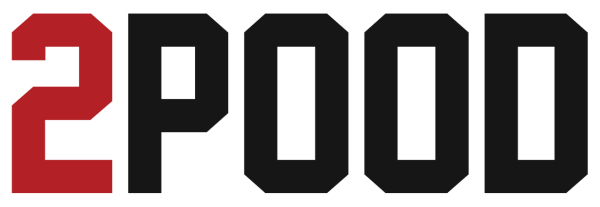

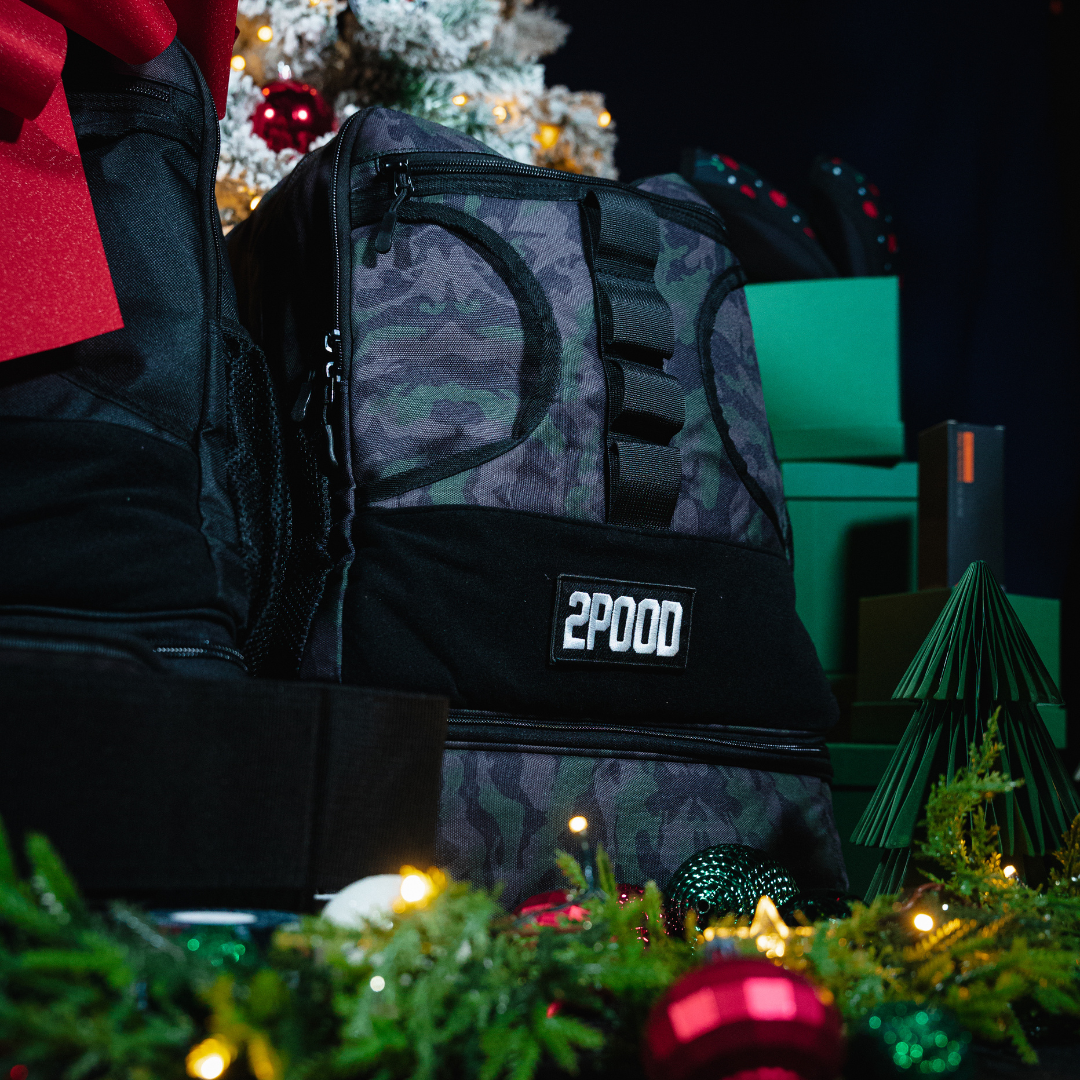
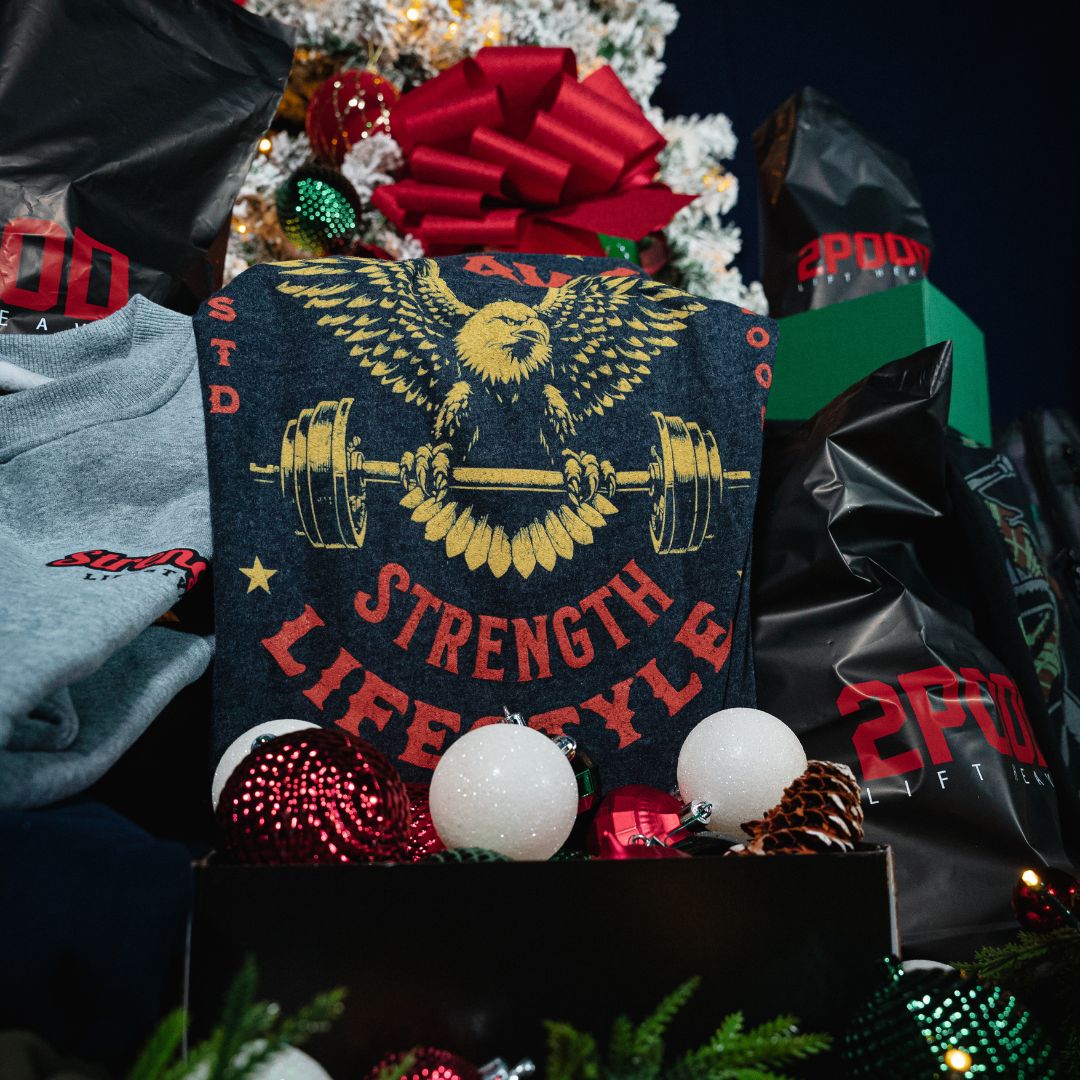
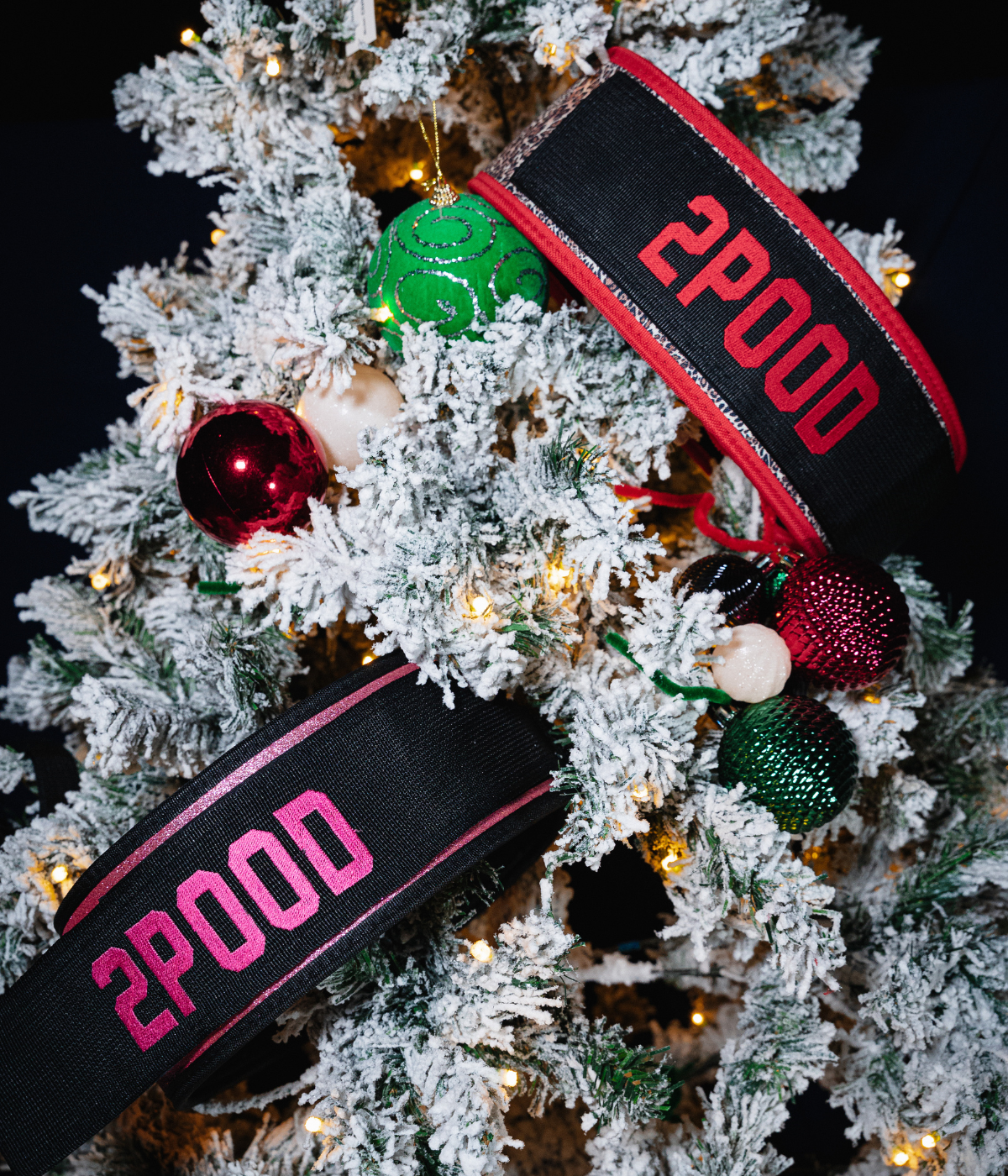
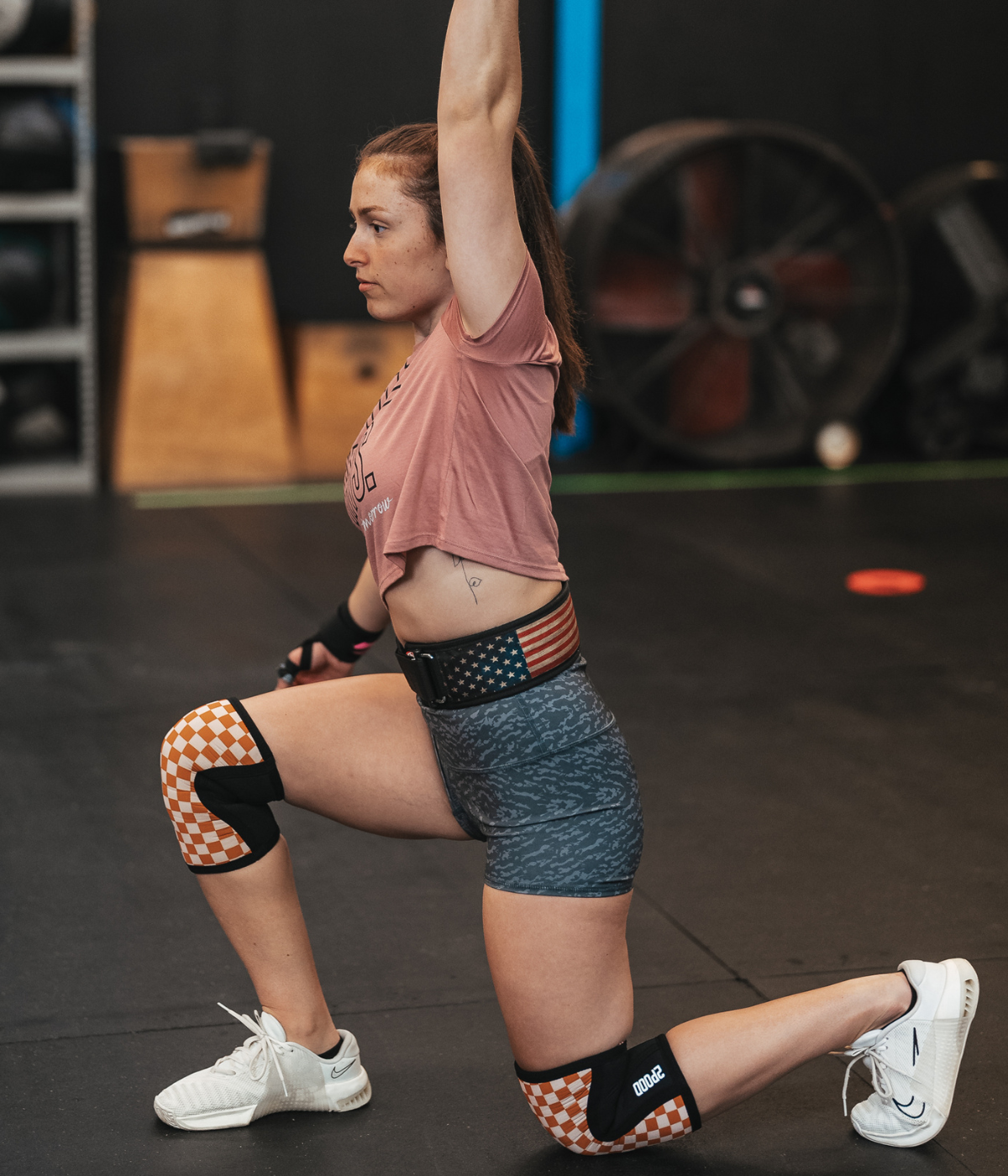


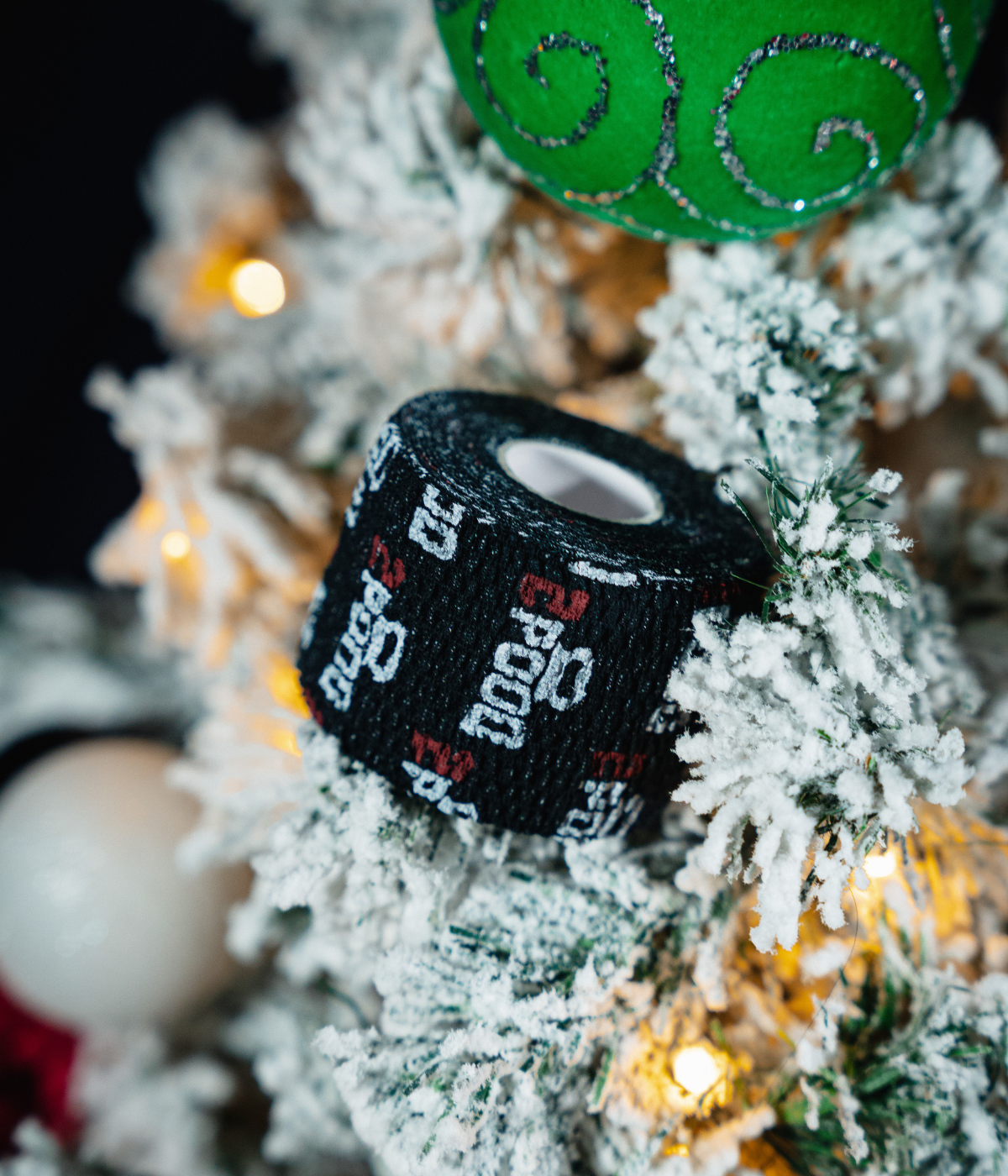
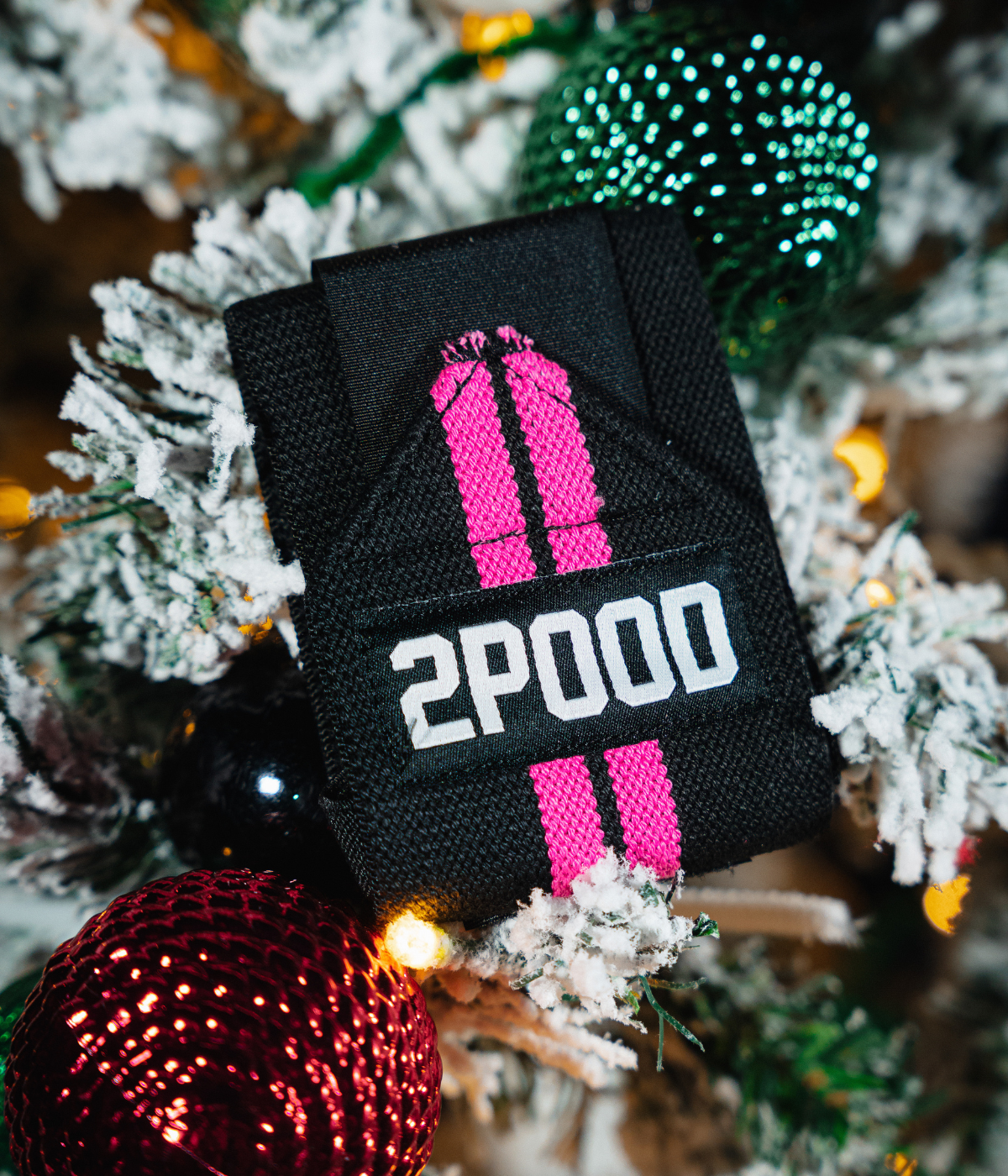
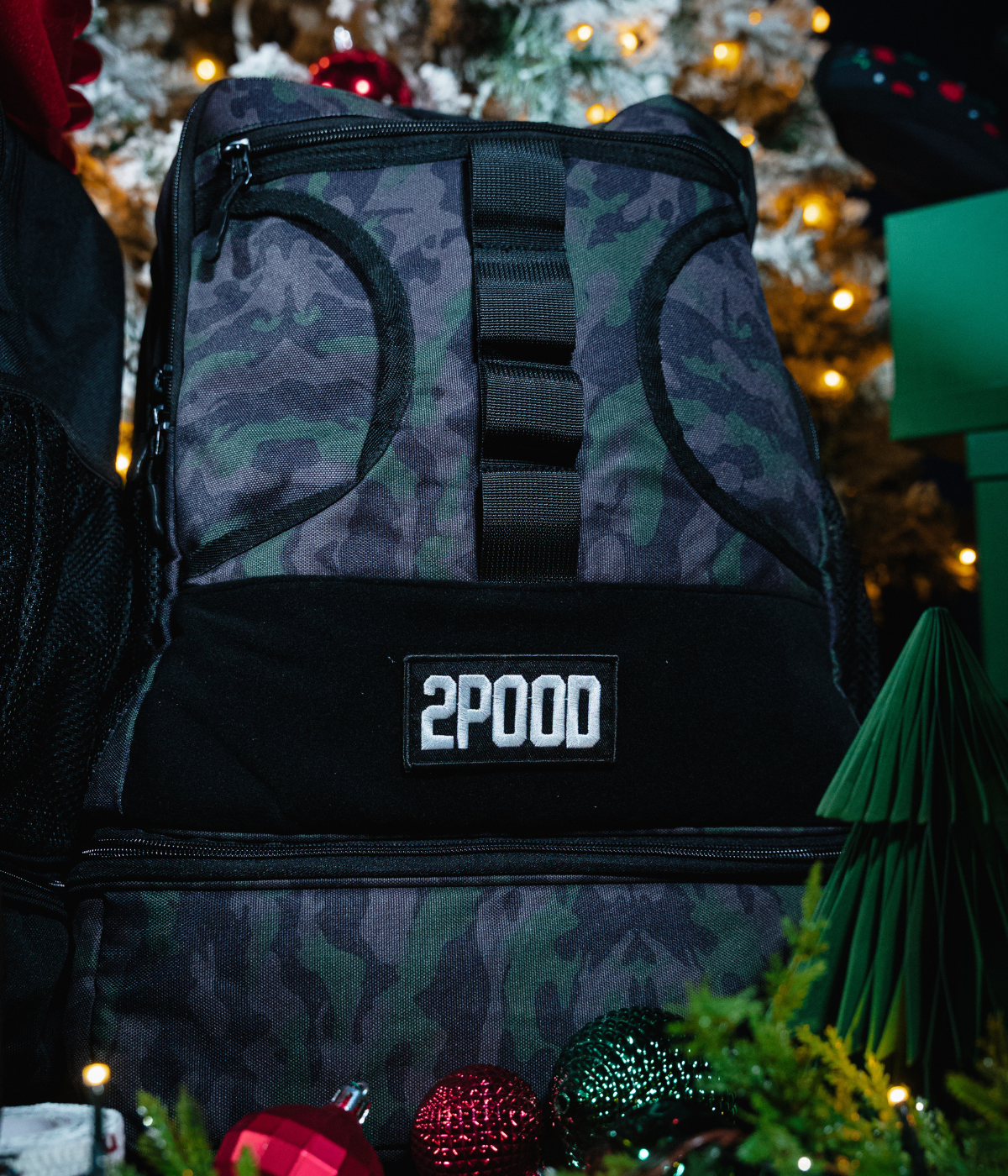
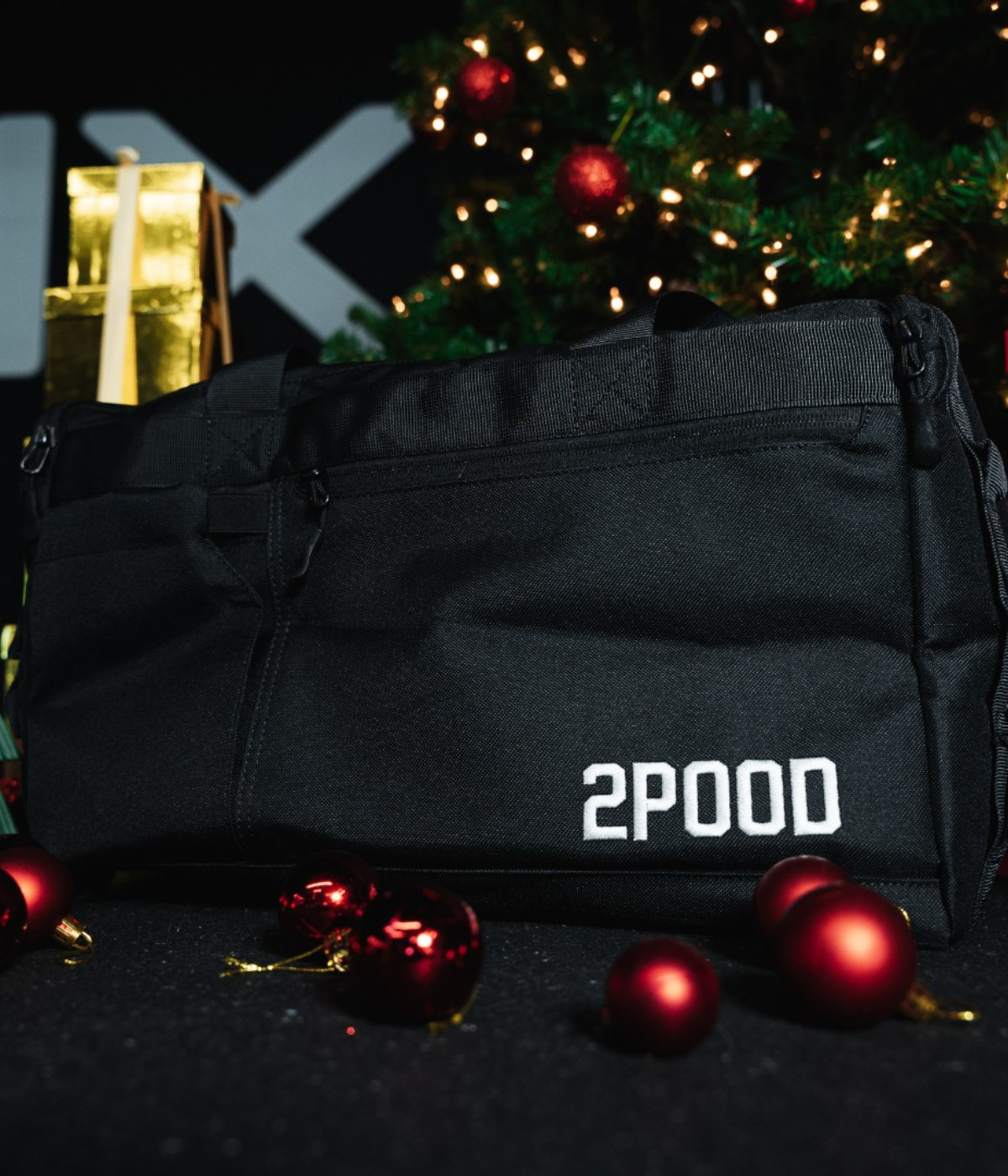

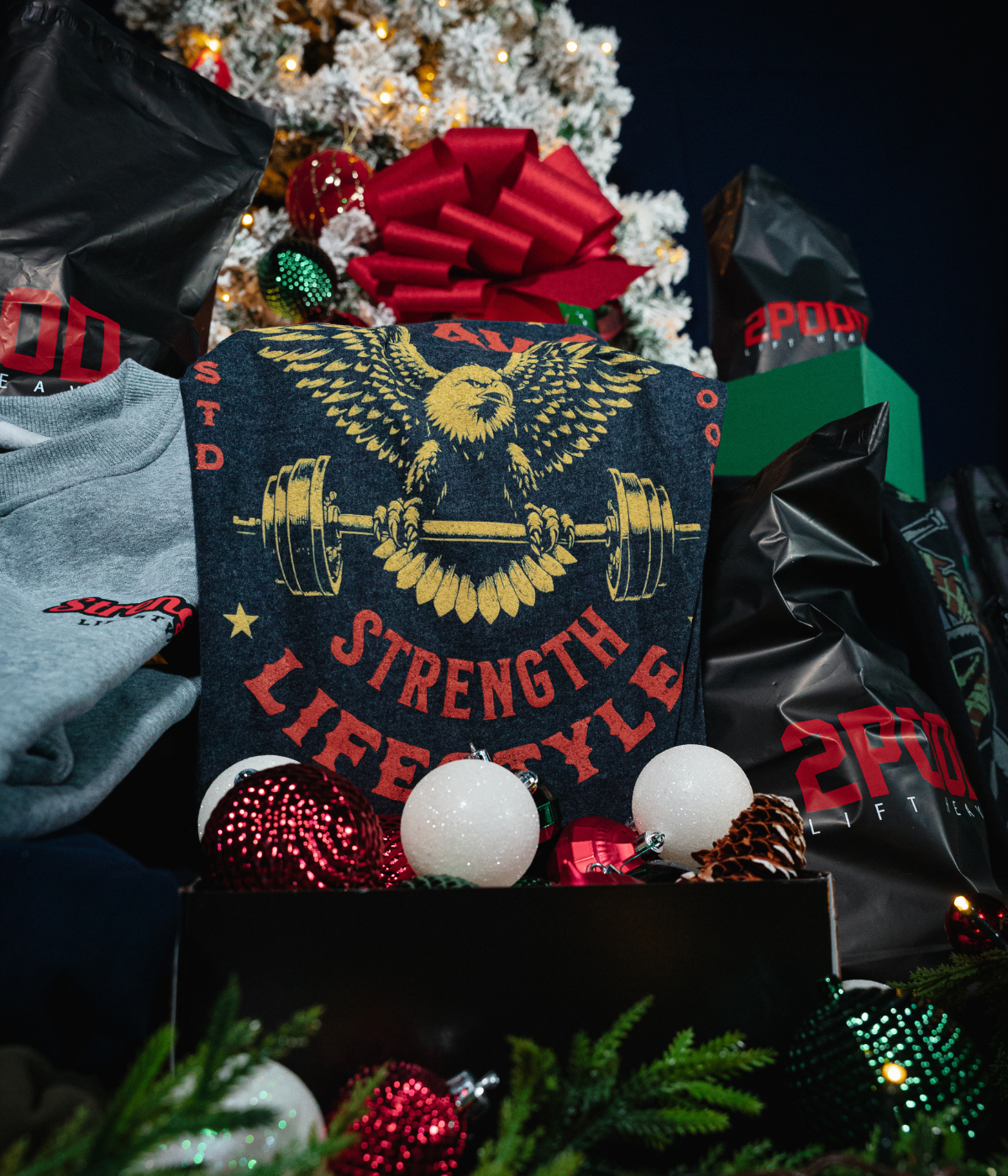

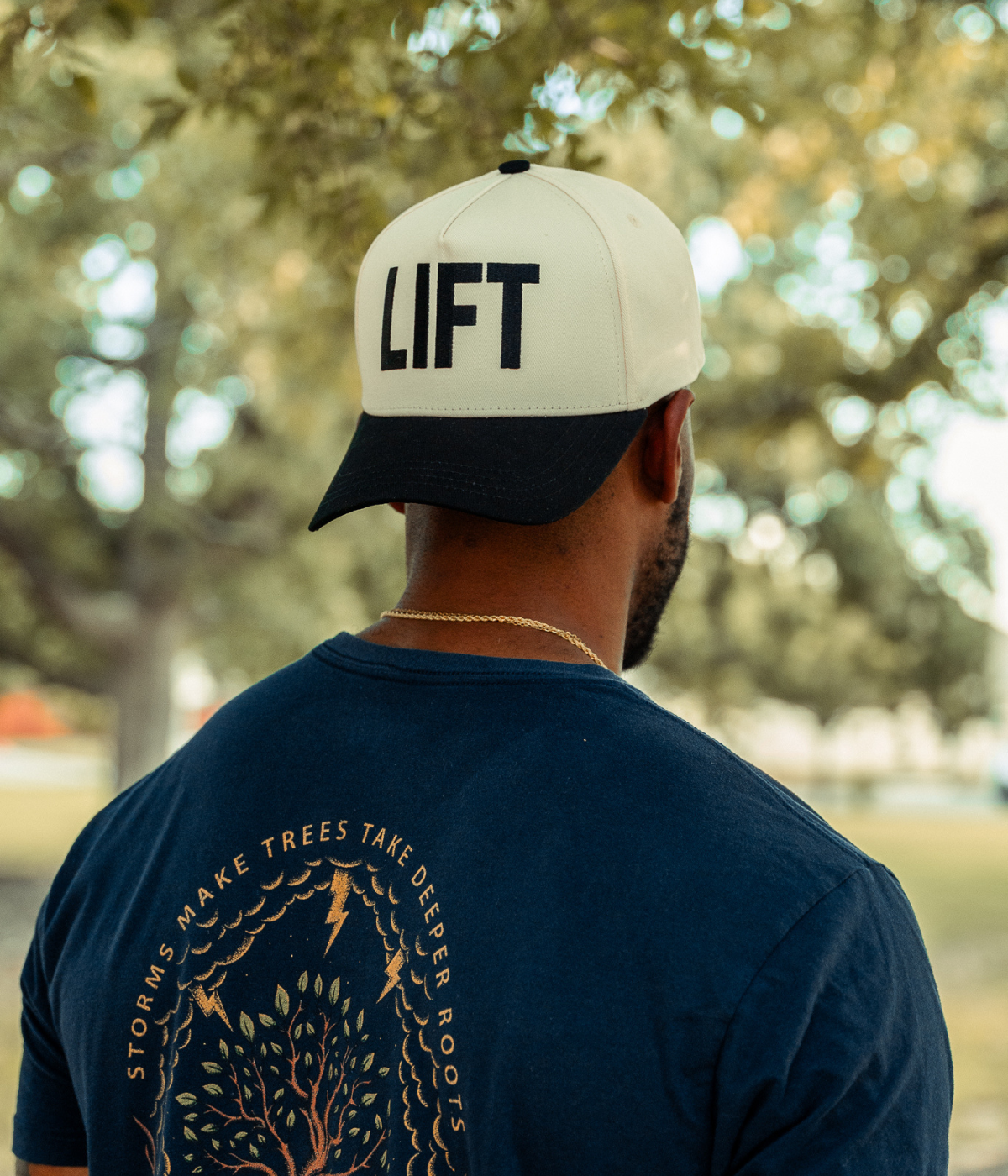
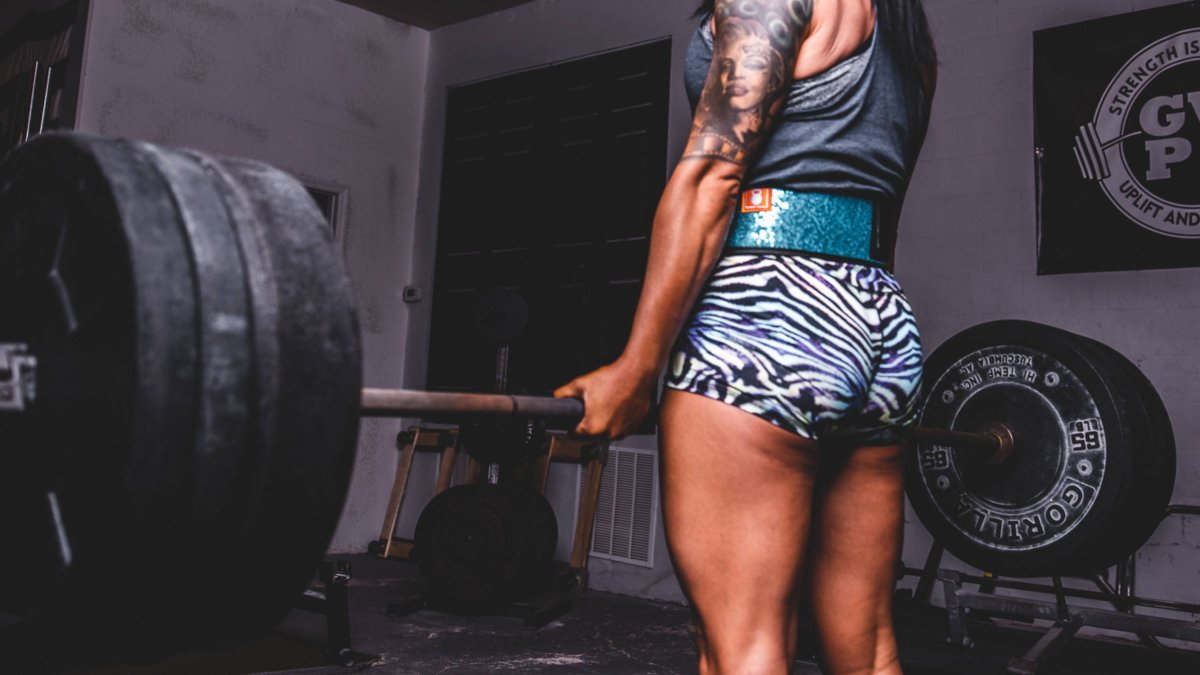
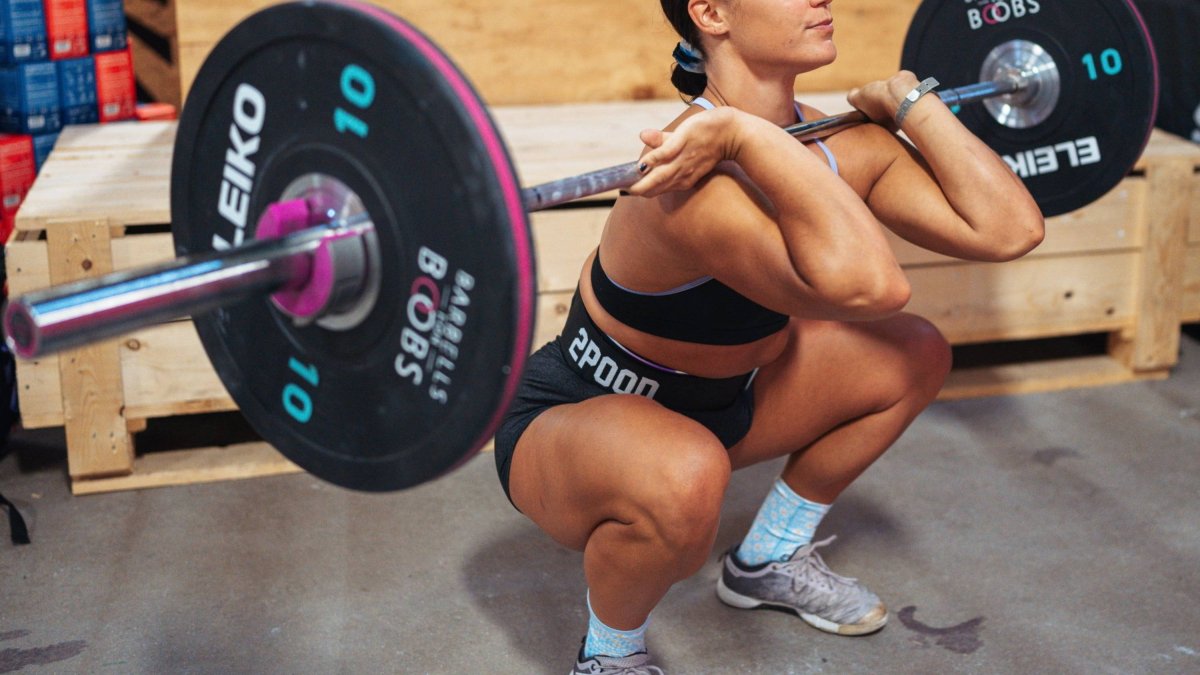
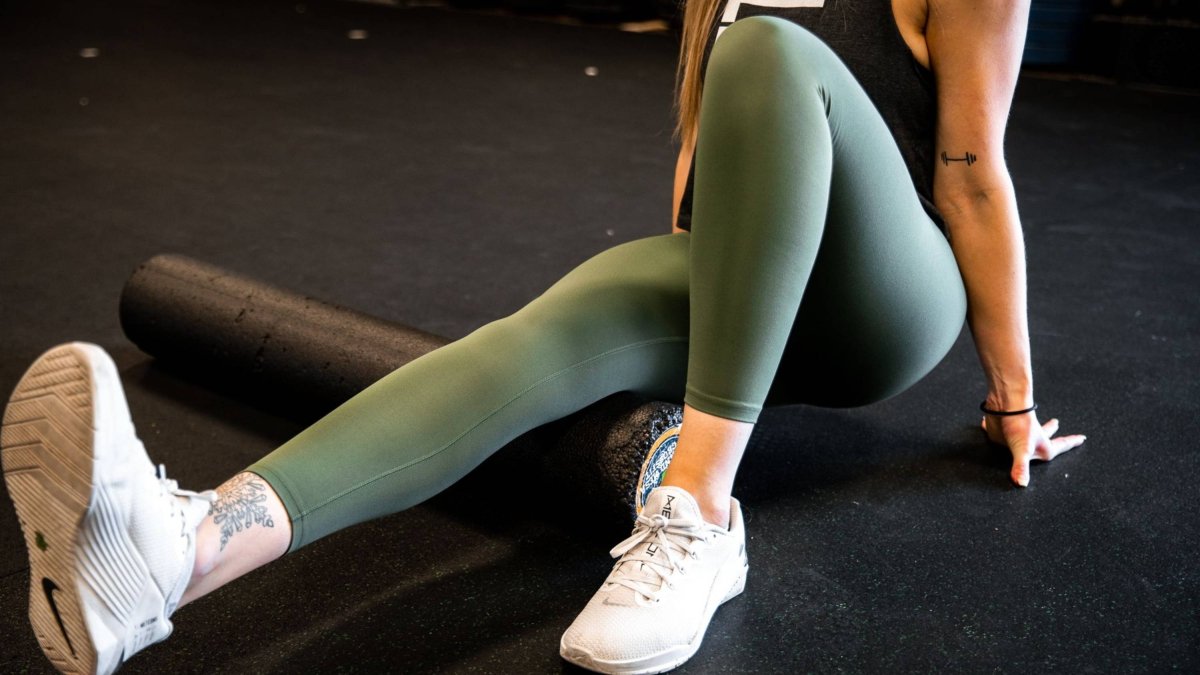
Leave a comment
All comments are moderated before being published.
This site is protected by hCaptcha and the hCaptcha Privacy Policy and Terms of Service apply.